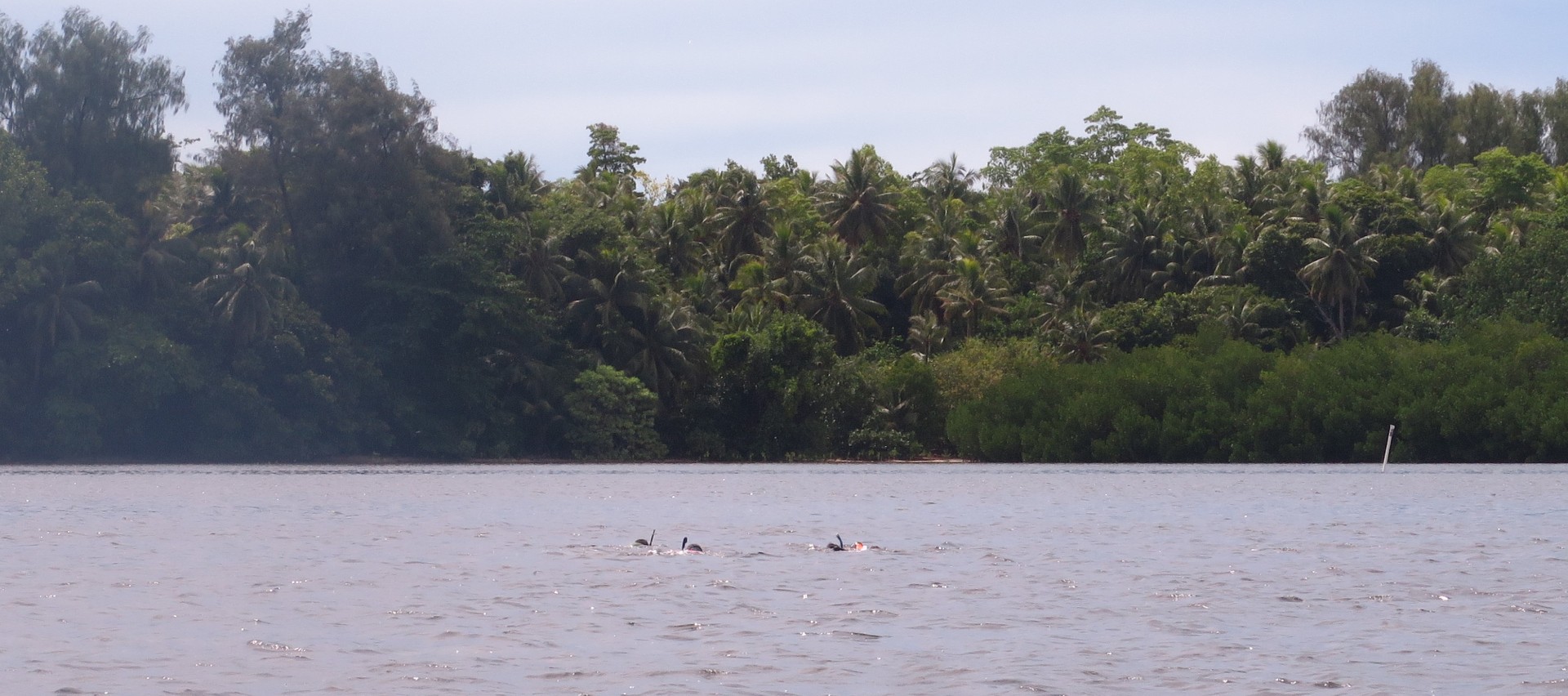- Research
Palau International Coral Reef Center publishes two technical reports on the status of Palau’s environment
Two technical reports on Palau’s marine environments have been published by the Palau International Coral Reef Center (PICRC). The first is on the status of seagrass, fish, and macroinvertebrate populations in Teluleu Conservation Area (CA) in Peleliu State from 2011 to 2022. The second is a preliminary report on the Palau Environmental DNA (eDNA) Project.
Teluleu CA, which is primarily composed of seagrass beds, has been protected since 2001 and was made part of the Palau Protected Area Network in 2012. PICRC has been monitoring the Teluleu seagrass beds since 2011 to determine the effectiveness of Teluleu CA as a Marine Protected Area (MPA). The results show that fish populations have benefited from the protection, with consistently higher numbers in the MPA compared to the reference site. However, seagrass cover has declined over the years, likely caused by reduced water quality and land-based activities. Macroinvertebrate density has also remained low over time, probably due to fishing pressures in the area before its protection. PICRC recommends looking at restocking the MPA with macroinvertebrates and managing the water quality through implementing a long-term data collection of water quality parameters and regulating land-based activities.
The full report can be found on the PICRC website.
Initiated in 2021 in collaboration with the Stanford Center for Ocean Solutions, the Palau eDNA project harnesses a new scientific tool to characterize previously unknown biodiversity in Palau’s waters. Environmental DNA, or eDNA, is a technique that utilizes tiny fragments, like fish scales, that are left behind by animals in water. The DNA from these fragments can be extracted and can tell scientists what lives in the water without them having to set eyes on the animal.
This work takes a critical first step towards estimating the distributions of species, particularly those of cultural and conservation interest. This is a shared goal of Palau’s leaders and communities. There are 32 sites in Palau where samples have been collected, covering both nearshore and offshore areas. Since August 2021 samples have been collected from each site every six months.
The recently published report focused on the 160 environmental samples collected in November 2021. These samples were collected from shore, lagoon, fore reef, artisanal fishing zone, domestic fishing zone, and the Palau National Marine Sanctuary. A total of 389 marine vertebrate species were detected.


